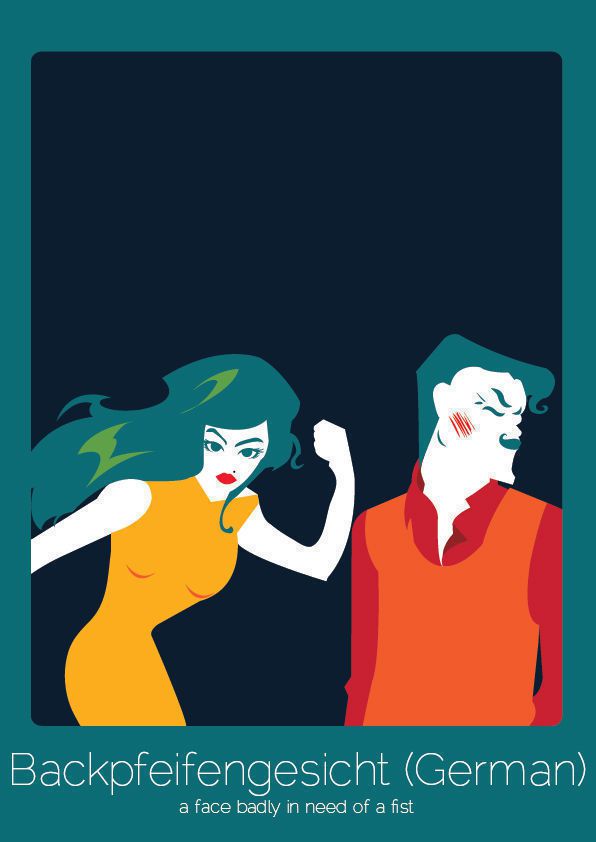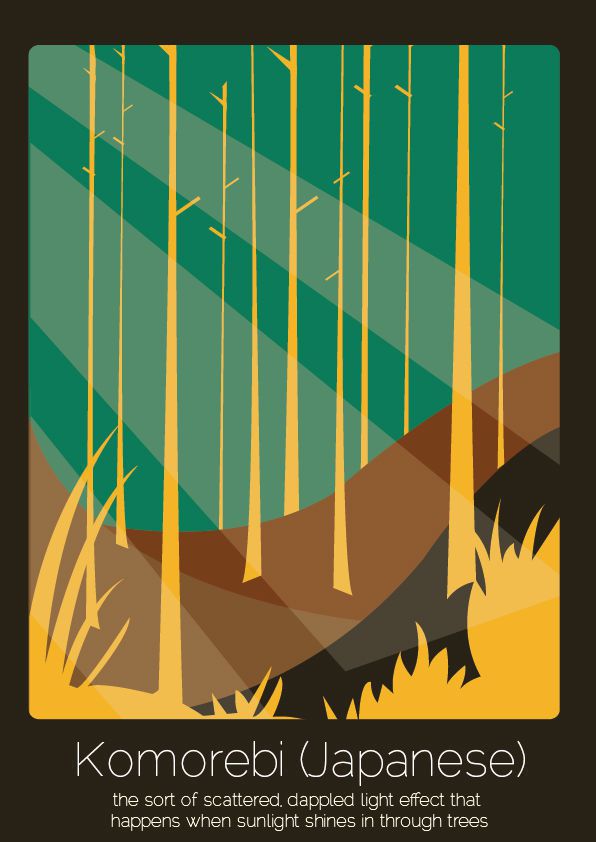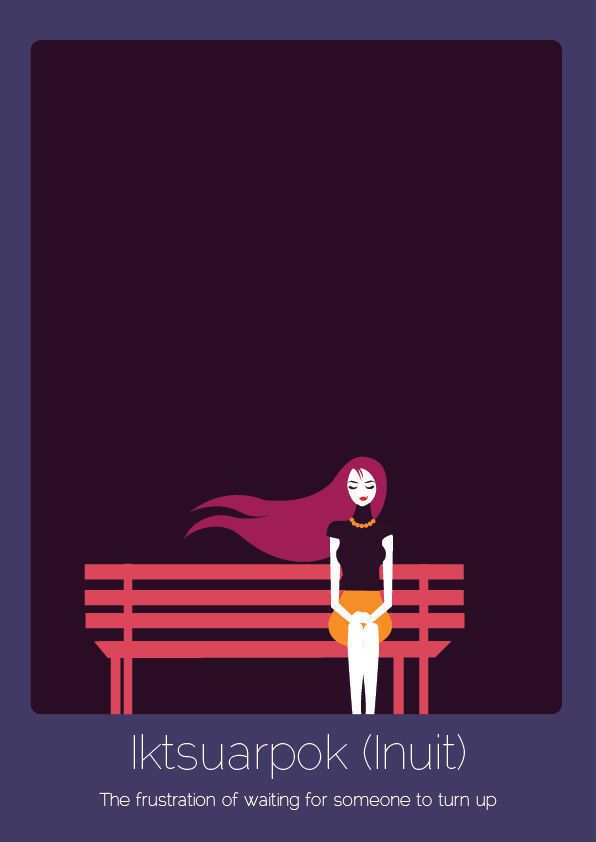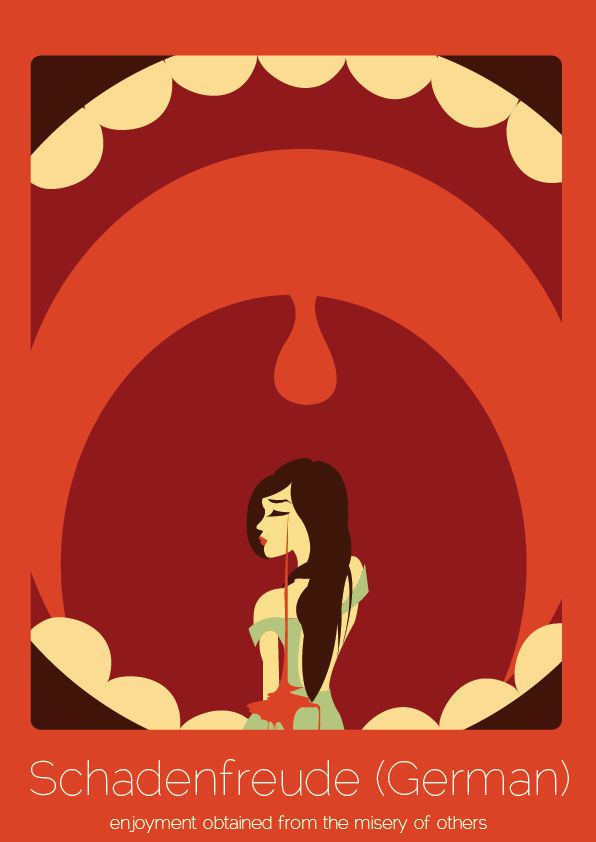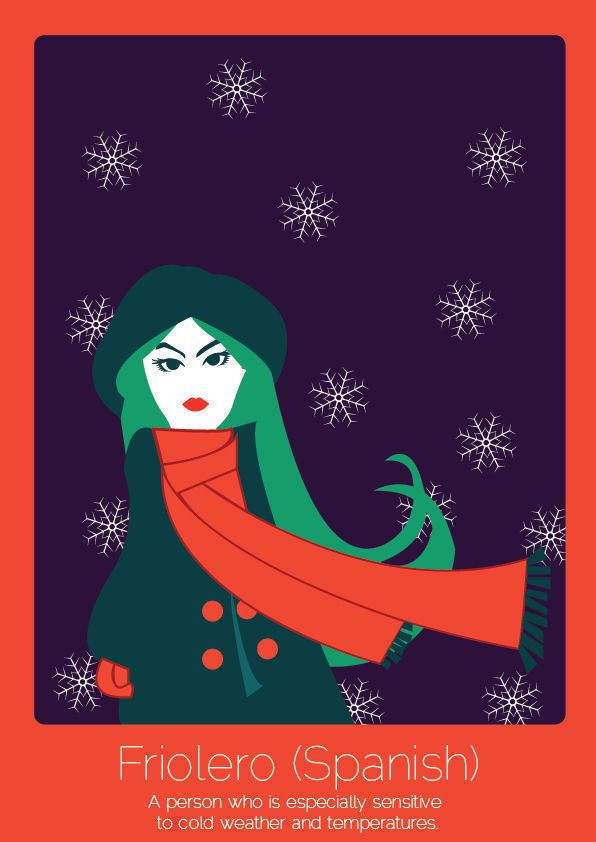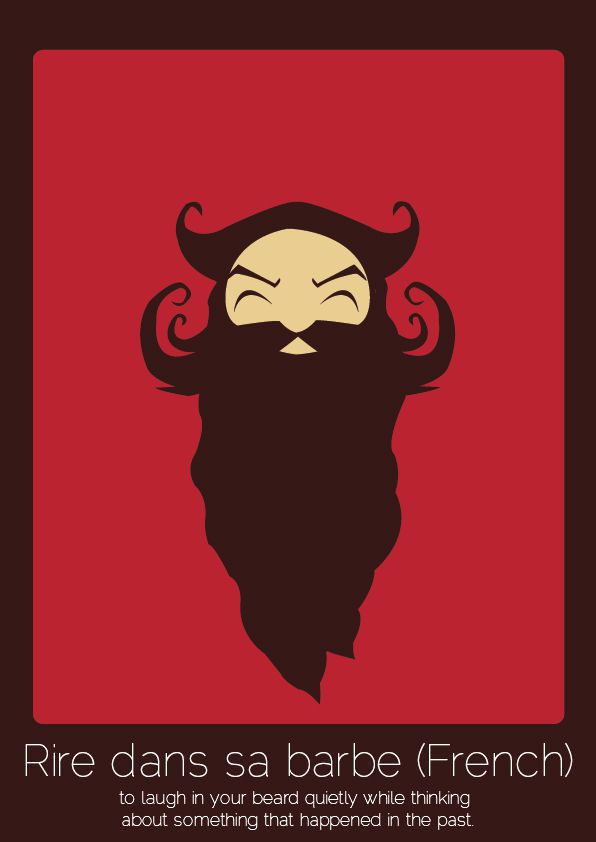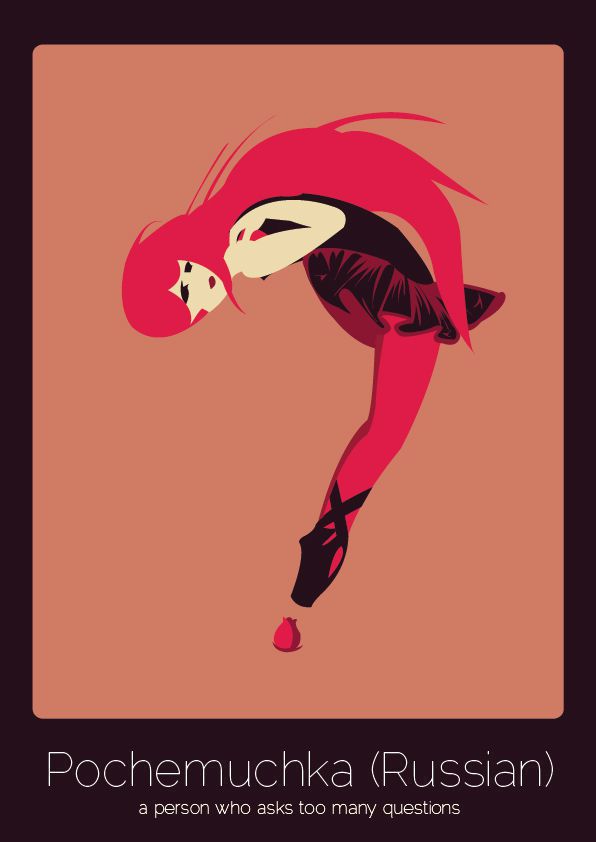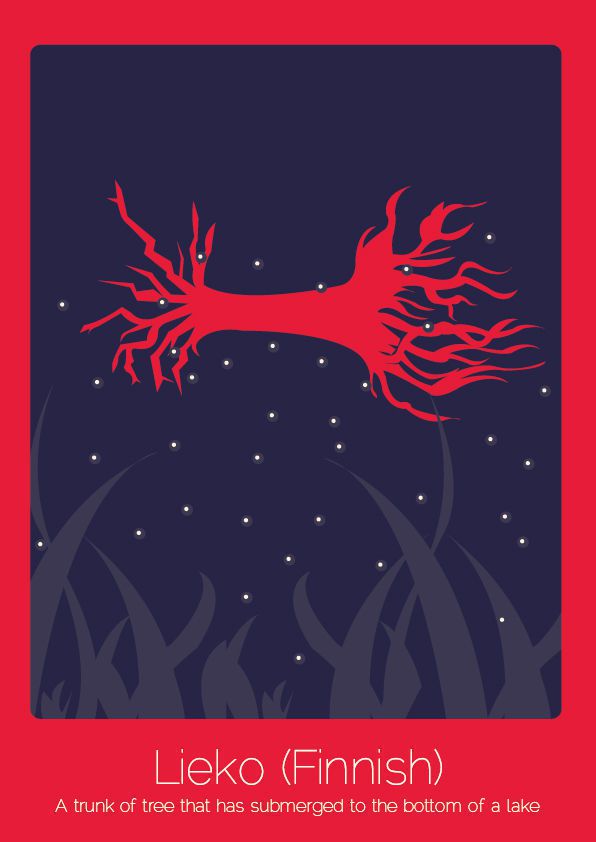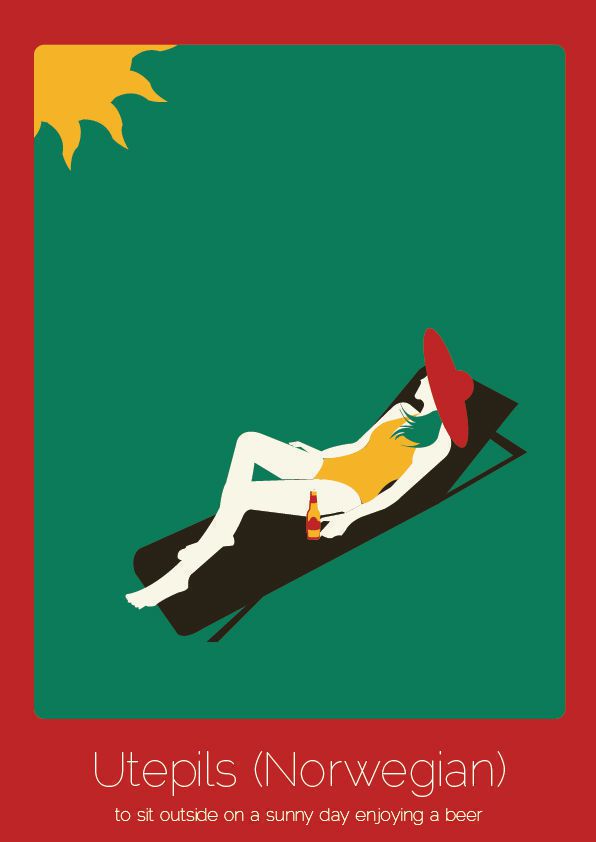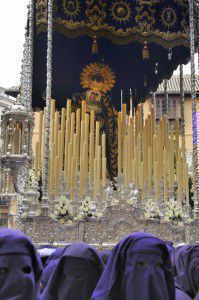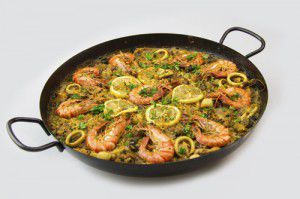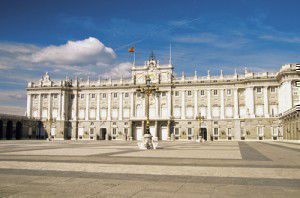10 sport stars who speak other languages
 It can often feel like life is all about sport, whether we like it or not. But have you ever wondered how good sports stars are at languages?
It can often feel like life is all about sport, whether we like it or not. But have you ever wondered how good sports stars are at languages?
It turns out, pretty good. Like anyone who has to travel a lot for their work, athletes often find knowing only their native language isn’t enough. Here are 10 great examples of sports stars who speak more than one language.
Gary Lineker
Besides English, the former footballer learnt Spanish while he was playing for Barcelona, and picked up some Japanese when he later moved to Nagoya Grampus Eight. He’s now a passionate ambassador for languages in schools, saying in an interview with TES last year, ‘the learning of languages, for me, will always be helpful for the vast majority at some stage in their life’.
Roger Federer
Not content with winning a frankly quite ridiculous 17 Grand Slam titles, the Swiss tennis player also speaks four languages fluently – his native Swiss German along with French, English and German. He’s known for his ability to switch effortlessly between languages in interviews and press conferences and can quite comfortably answer journalists’ questions in their own language, a feat some of his fellow tennis players can’t keep up with. Wouldn’t be the first time.
Tom Daley
The British diver recently got an A in his Spanish A-level (congrats, Tom!), and makes good use of his language skills when in Mexico, where he spends a lot of his time. Here’s a video of him showing off his Spanish.
Jonny Wilkinson
Here in England, Jonny Wilkinson is known (at least by me) as that guy who’s pretty good at drop goals. But he’s also a bit of a superstar in France, where he’s been playing for Toulon since 2009. He’s now fluent in French and was awarded honorary citizenship of Toulon earlier this week – giving his acceptance speech in the local language, of course.
Fernando Alonso
The Spanish Formula One racing driver speaks an impressive four languages – Spanish, Italian, English and French. And in case that’s not enough, he’s apparently working on Russian too.
Arsene Wenger
The Arsenal manager is well known for his interest in languages, speaking French, English, German, Spanish, Italian and Japanese. Like Gary Lineker, Wenger’s also known as an ambassador for languages, and last year he was voted Britain’s first Public Language Champion by readers of The Guardian. In this video he explains why languages are so important.
Novak Djokovic
Never one to let Roger take all the glory, fellow tennis champion Novak Djokovic speaks five languages – Serbian, English, German, Italian and French. He studied English and German at primary school, and learned Italian when he worked with coach Riccardo Piati. In an interview with Tennis Talk in 2013, he said, ‘We have a saying in our country: The more languages you know, the more is your worth as a person. I like to understand what people are saying wherever I am, at least to pick up a few phrases of those languages.’
Paula Radcliffe
Long-distance runner Paula Radcliffe has a first-class degree from Loughborough University in European Studies, and speaks French and German fluently. She now lives in Monaco with her husband and two children, who are both bilingual, attending a French school but also fluent in English.
Cesc Fabregas
Another Barcelona footballer, Fabregas speaks four languages – Spanish, Catalan, English and French, and his Twitter feed is multilingual. When asked about his language skills in 2005, he replied, ‘These days you have to keep studying, not least because my mum tells me so.’ Words to live by.
Daniela Hantuchova
And finally, another tennis player, because tennis is my favourite. Daniela Hantuchova, from Slovakia, is by all accounts a very talented lady. Besides her tennis career, she’s also a trained classical pianist, and speaks – wait for it – six languages: Slovak, Czech, English and German fluently, and some Croatian and Italian.
Does anyone else feel like a bit of an underachiever now, or is it just me?
If you know any other examples of sports stars who speak other languages, please tell us about them in the comments.
Found in translation – untranslatable words, in pictures
If you liked our recent infographic on words that don’t exist in English, you’ll love this. New Zealand-based designer Anjana Iyer has been working on a project called Found in Translation, illustrating 41 ‘untranslatable’ words so far, with more to come.
We asked Anjana about the background to her project, and where she gets her ideas from. Here’s what she had to say…
What’s the 100 Days Project all about? How did you get involved?
The 100 Days project is basically choosing one creative exercise, and then repeating it every day for 100 days. It was started three years ago by Emma Rogan, who is quite a renowned senior designer in New Zealand. I came across this through one of the creative meetups happening in Auckland every week, and I decided to participate to improve my illustration skills.
What made you choose untranslatable words for your subject?
I wanted my 100 Days project to be something compelling enough to do every single day. I have had a fascination with learning new languages for the longest time and I just happened to come across this article about 14 words with no English equivalent on The Week. I knew I wanted to base my project around illustrations, since I have only been illustrating for the past two years and I still have a very long way to go, and this was a perfect medium to improve my skills.
This project was started last year as a part of the 100 Days project but I had to drop it after Day 41 due to some professional and personal commitments. It’s suddenly been brought to spotlight because of my friend who recommended me to DesignTaxi and it went viral from there. And with the growing response that it’s gotten, I have restarted the series to include more illustrations.
How did you choose which words to illustrate?
Well, when I first came across these words, I could think of one friend or another when it came to certain words. For example, the Yiddish word Shlimazl (which means a chronically unlucky person), reminded me of a classmate who had the worst luck with our professors. And so I picked words which we could all relate to in way or another and maybe share a laugh or two.
Do you have a favourite so far?
Iktsuarpok has a been a favourite word, simply cause it holds so much meaning. It’s waiting, whether you are waiting for the bus to show up or for the love of your life. It perfectly describes that inner anguish. From the point of view of illustration, I am very happy with how Schadenfreude turned out. That was fun to illustrate.
What’s your background as a designer?
I am a media designer with three years of experience. I love illustration and web design in equal measure. I quit engineering to become a designer. When it comes to illustrations, I love doing mostly vector work. Currently I am in the final year of my studies as a web design student.
Do you speak any languages yourself?
Well, being from India, I think we are born to speak several languages. I do speak about five Indian languages and I have a working understanding of French.
Can you give us a sneak preview of any forthcoming illustrations?
It’s quite surprising how some words can really unite people. The Portuguese word Saudade is such a popular one. I have lost count of the number of people who have requested an illustration of said word. And I am looking forward to completing that one.
To see some of her other illustrations, check out Anjana’s website.
Thanks to Anjana for talking to us; we’re looking forward to seeing more of her brilliant work!
Do you have any favourites? Or any words you’d like to see illustrated? Let us know in the comments.
Easter celebrations around the world
Here in the UK, this weekend is Easter weekend. Many people will be marking the occasion by attending church services on Good Friday and Easter Sunday, while a more commercial tradition is to exchange chocolate eggs as gifts. Easter is a religious holiday, marking for many people around the world the death and resurrection of Jesus, but it also represents new life, falling as it does in spring time, and is often symbolised by young animals, like lambs and chicks.
We decided to have a look at some Easter traditions around the world, to see how other countries mark this holiday. Here are just a few:
Brazil
Mardi Gras (which means ‘Fat Tuesday’) takes place in Rio de Janeiro on Shrove Tuesday and marks the start of Lent. The streets are filled with large processions of people in brightly coloured, exotic costumes, marching, singing and dancing.
Another Brazilian tradition is to create straw dolls to represent Judas Iscariot, then destroy them in the street.
France
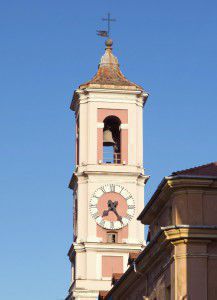 Church bells are silent as a sign of mourning from Maundy Thursday until Easter Sunday. Sometimes children are told the bells (known as ‘cloches volants’ or ‘flying bells’) have gone to see the Pope and will return with Easter eggs.
Church bells are silent as a sign of mourning from Maundy Thursday until Easter Sunday. Sometimes children are told the bells (known as ‘cloches volants’ or ‘flying bells’) have gone to see the Pope and will return with Easter eggs.
In parts of southwest France, a giant omelette is made on Easter Monday. The dish can feed 1,000 people.
Ethiopia
During Lent in Ethiopia, Christians don’t eat or buy any animal products like meat, eggs, butter, milk, yogurt, cream and cheese.
The first Easter day service starts at 8 p.m. on Easter Saturday and lasts until 3 a.m. on Easter Sunday.
After the service, people will return to their homes and have a breakfast of ‘dabo’ sourdough bread to celebrate the end of Lent. Traditionally, the bread is cut by a priest or the head man in the family.
Czech Republic and Slovakia
As part of an Easter tradition, women and girls are beaten with decorated hand made whips on Easter Sunday. But despite what you might think, this is actually a good thing; the whipping is thought to make women more healthy and beautiful, and girls who don’t get whipped are often quite offended!
Chios (Greek Island)
In the village of Vrondados, the annual ‘war of rockets’ is staged between two churches, Agios Marcos and Erithiani. Residents spend all year preparing thousands of firework rockets and on the evening of Easter Saturday, the rockets are fired between the two churches for hours.
The custom goes back many years, and although there are plenty of stories, no one is quite sure how the tradition began.
Spain
Many towns and cities in Spain celebrate Semana Santa (Holy Week) with processions through the streets at night. Floats called ‘tronos’ are carried through the streets. Each float bears huge decorated figures representing part of the Easter story. It takes 40-50 people to carry each trono on their shoulders and processions can last between 4-5 hours.
In Murcia, a trono telling the story of the Last Supper has real food on the table. On Easter Sunday, the 26 men who have carried the table in the procession sit down and eat the food.
Please share your own Easter traditions in the comments. And whether you celebrate Easter or not, we hope you have a great weekend.
Seb
8 common language mistakes to avoid [infographic]
When you’re learning a new language, it’s easy to make mistakes. And that’s ok; it’s the best way to learn. But sometimes you might think you know what you’re saying, and actually you’ve said something very different. Here are a few examples to look out for…
Please let us know your own examples and as always, do feel free to share the infographic with others.
Infographic created by Adam (research) and Luke (design)
Embed This Image On Your Site (copy code below):
